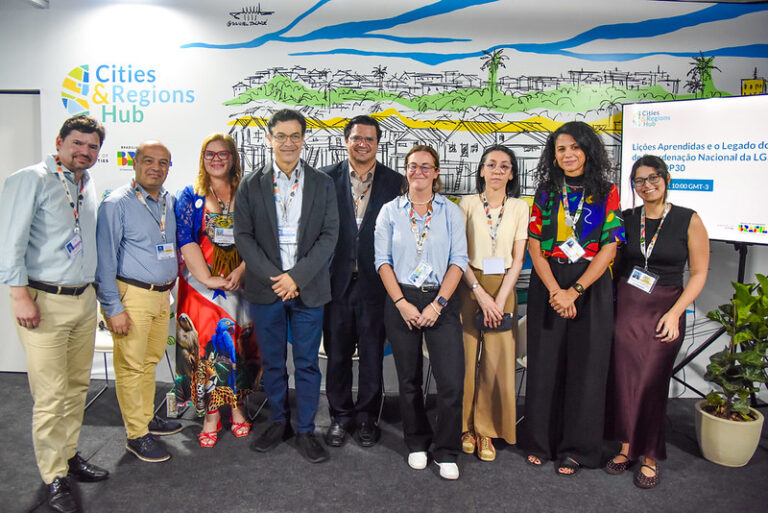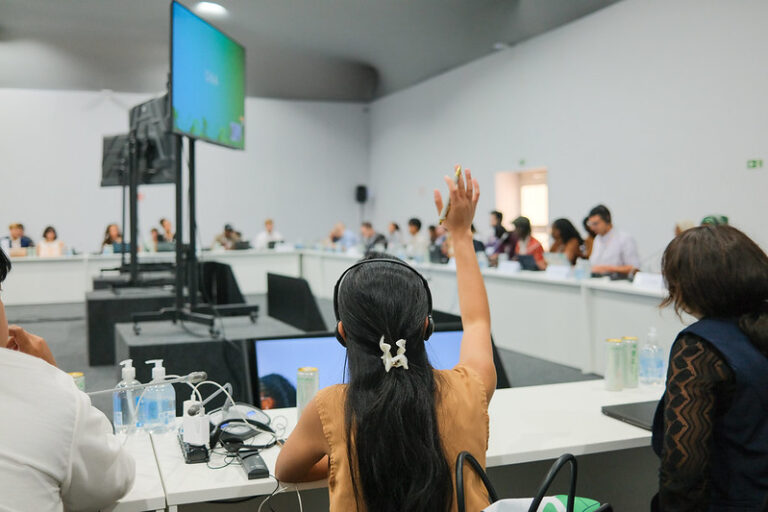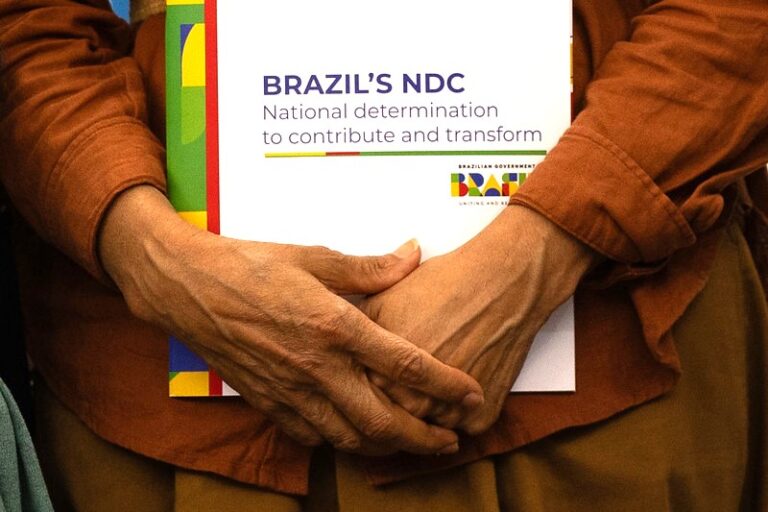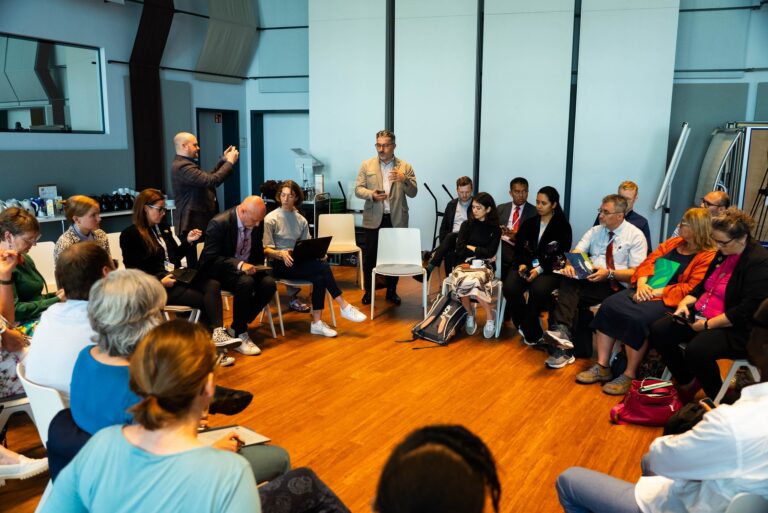A new chapter for climate federalism in Brazil: Lessons and legacy from the LGMA National Coordination Group for COP30
Brazil’s pioneering multilevel coordination effort is reshaping multilevel governance and collaboration at home and inspiring global pathways. From the beginning, the intention of this group was to bring climate federalism to life: National, state, and local actors aligning positions, sharing knowledge, and building a unified narrative that could travel from the streets of Brazilian cities to the negotiation rooms of the UNFCCC.











